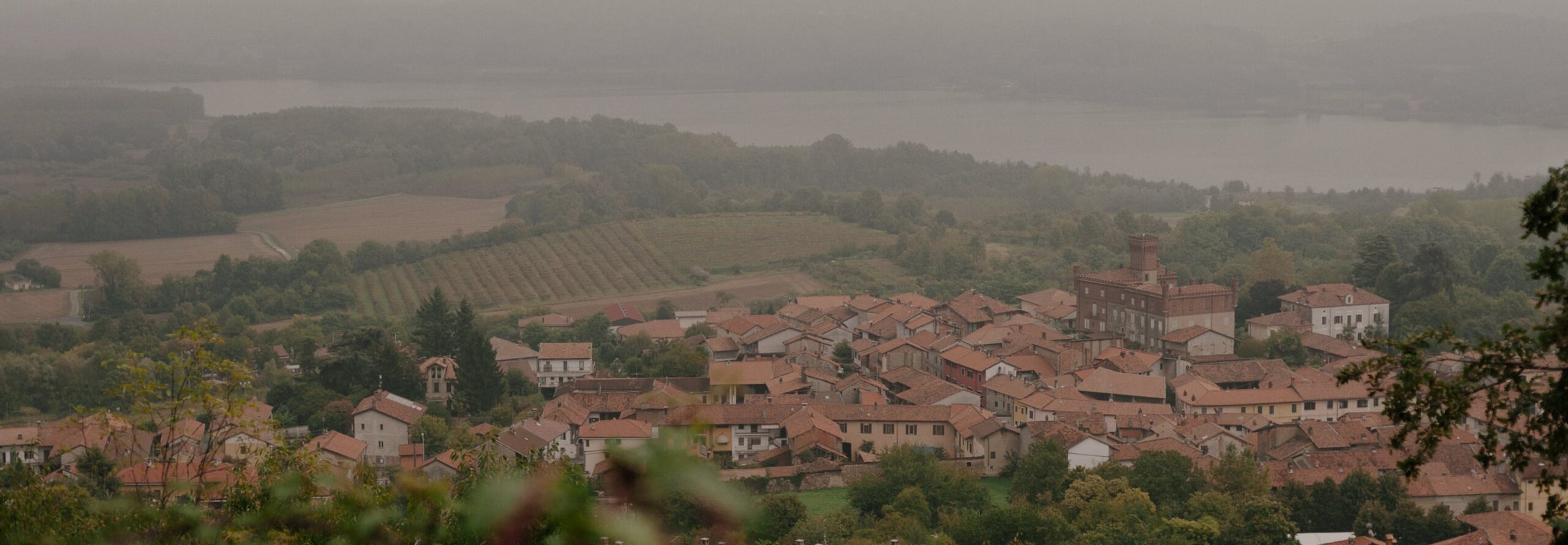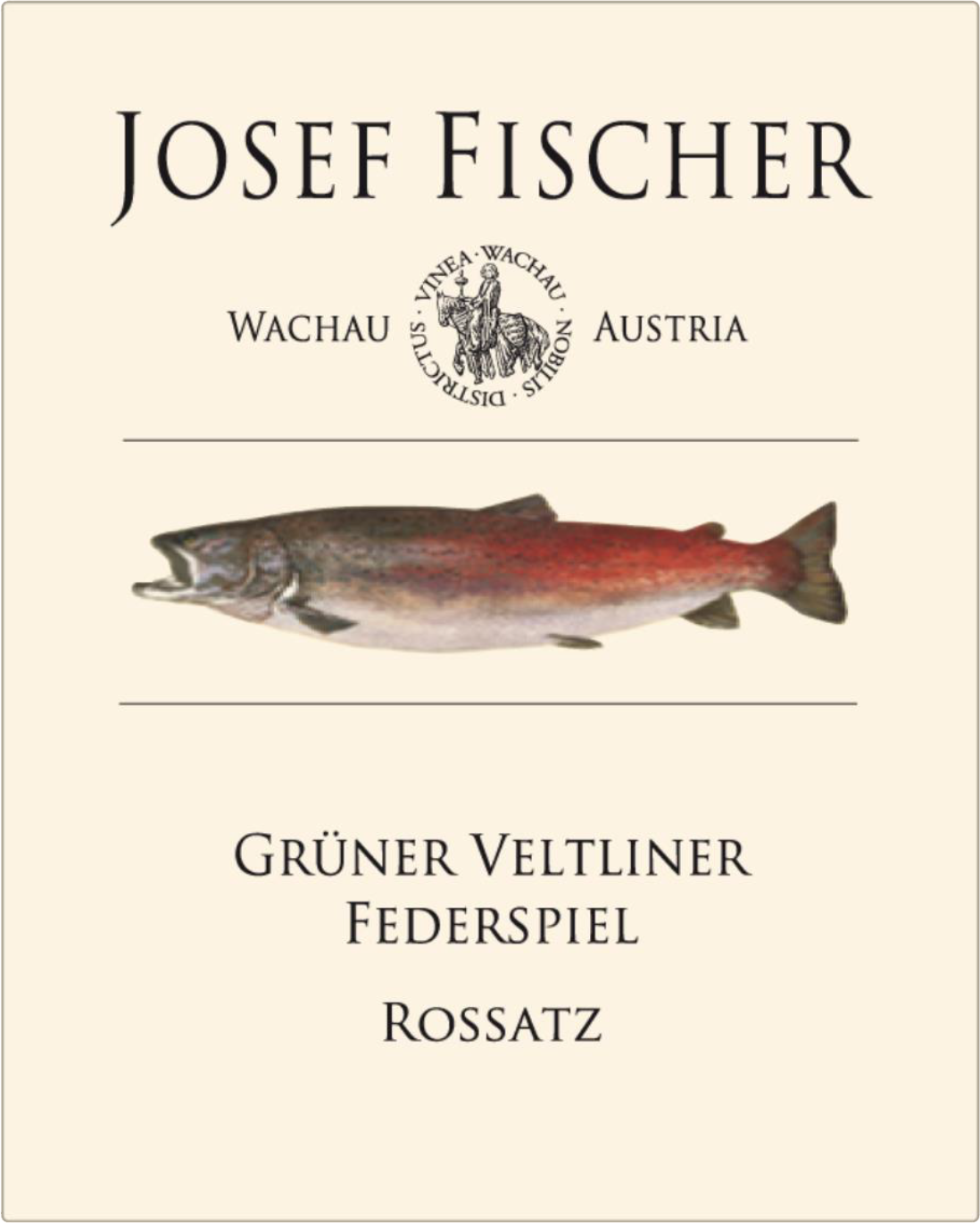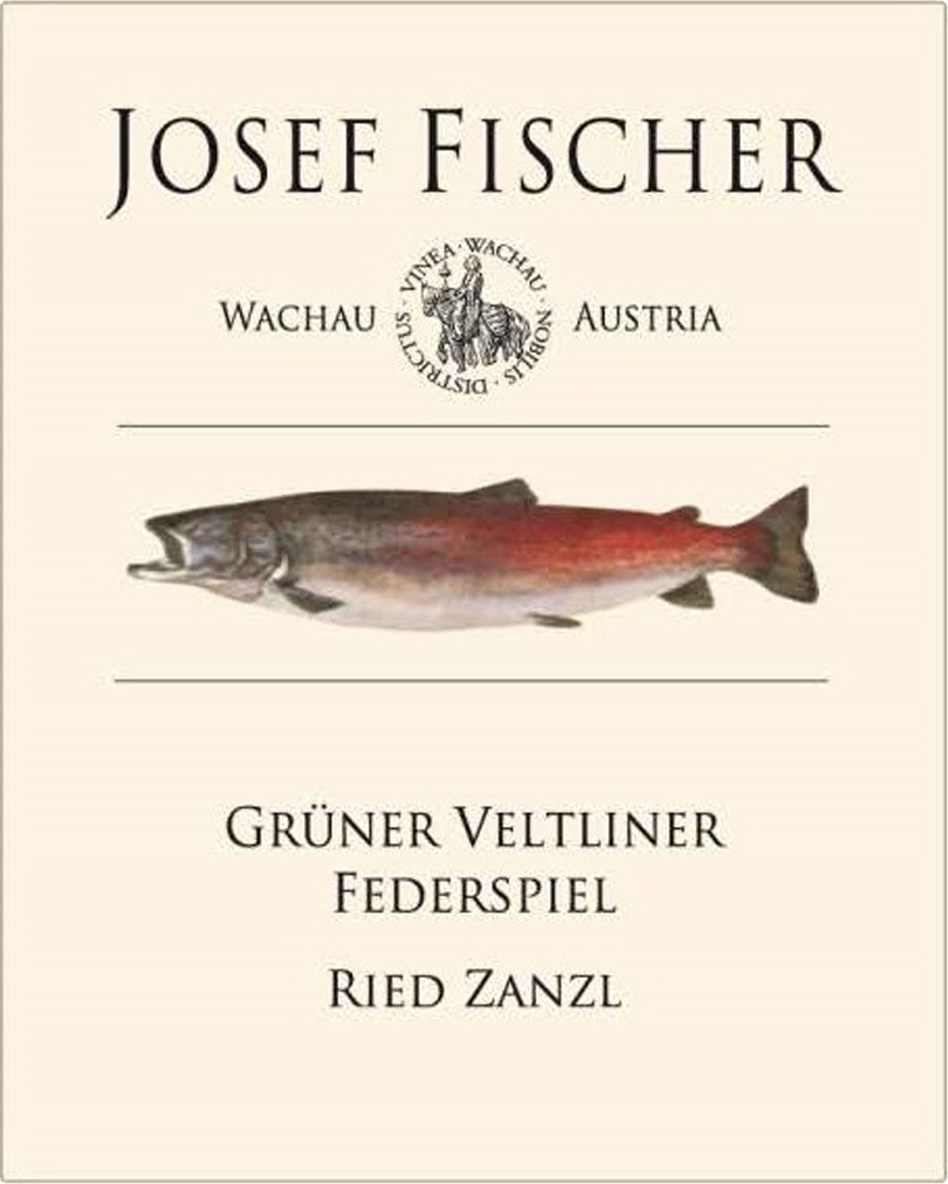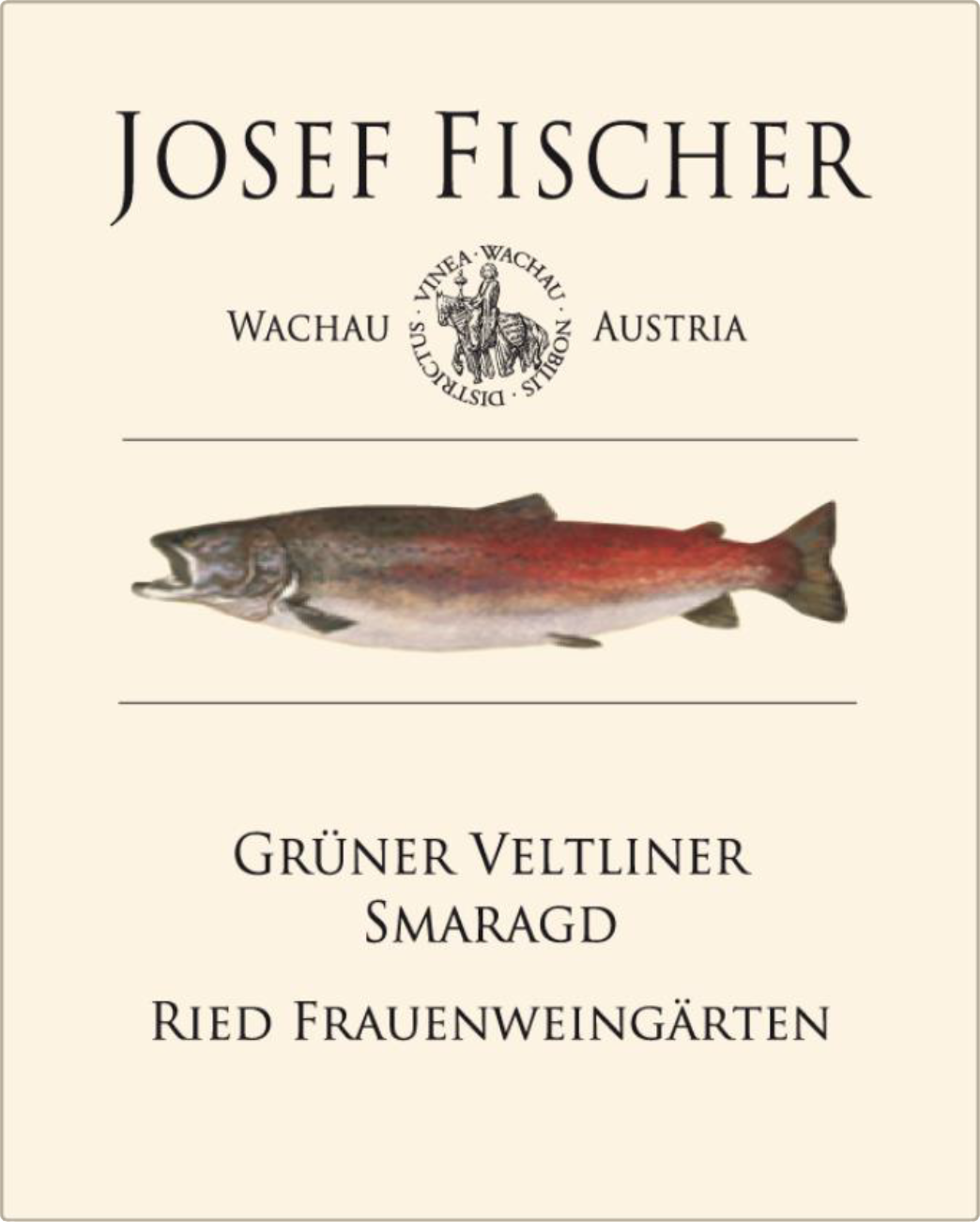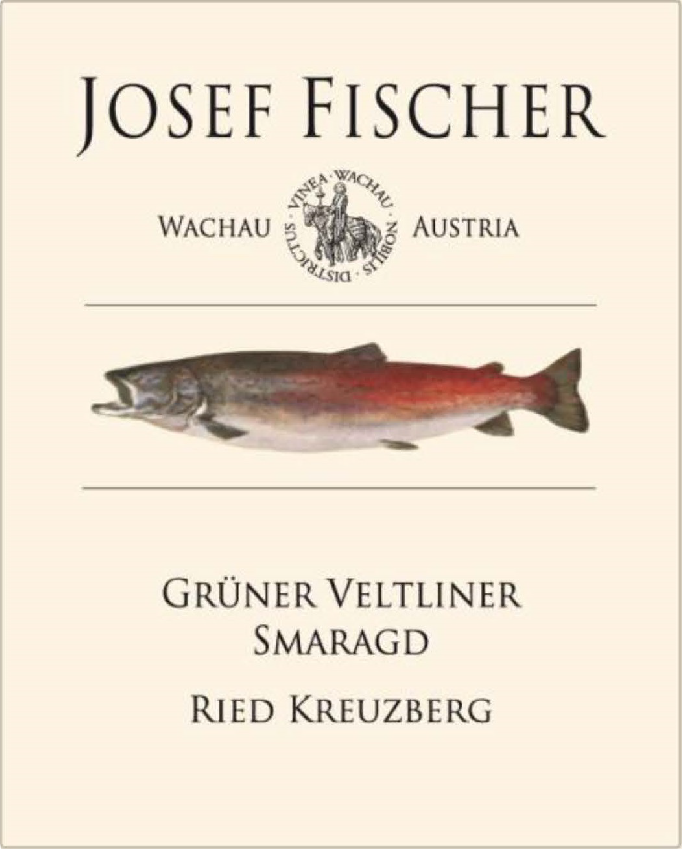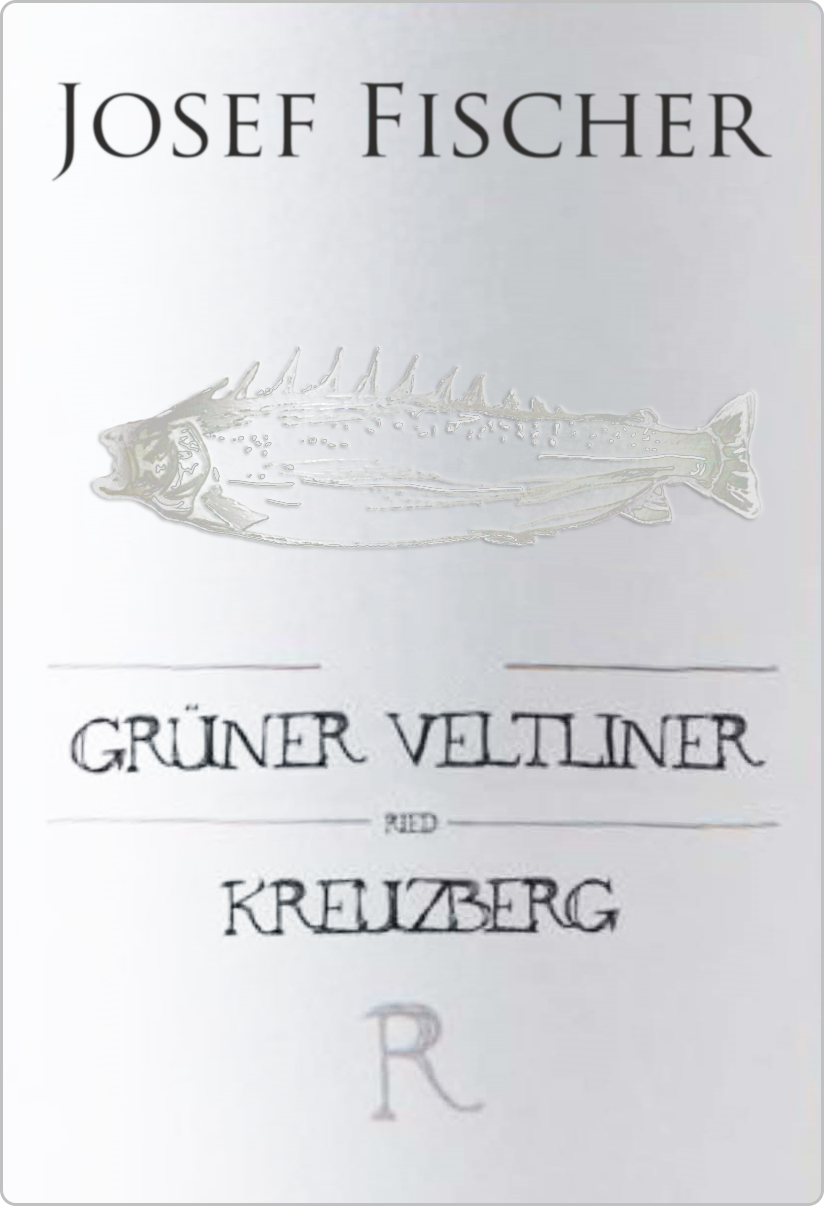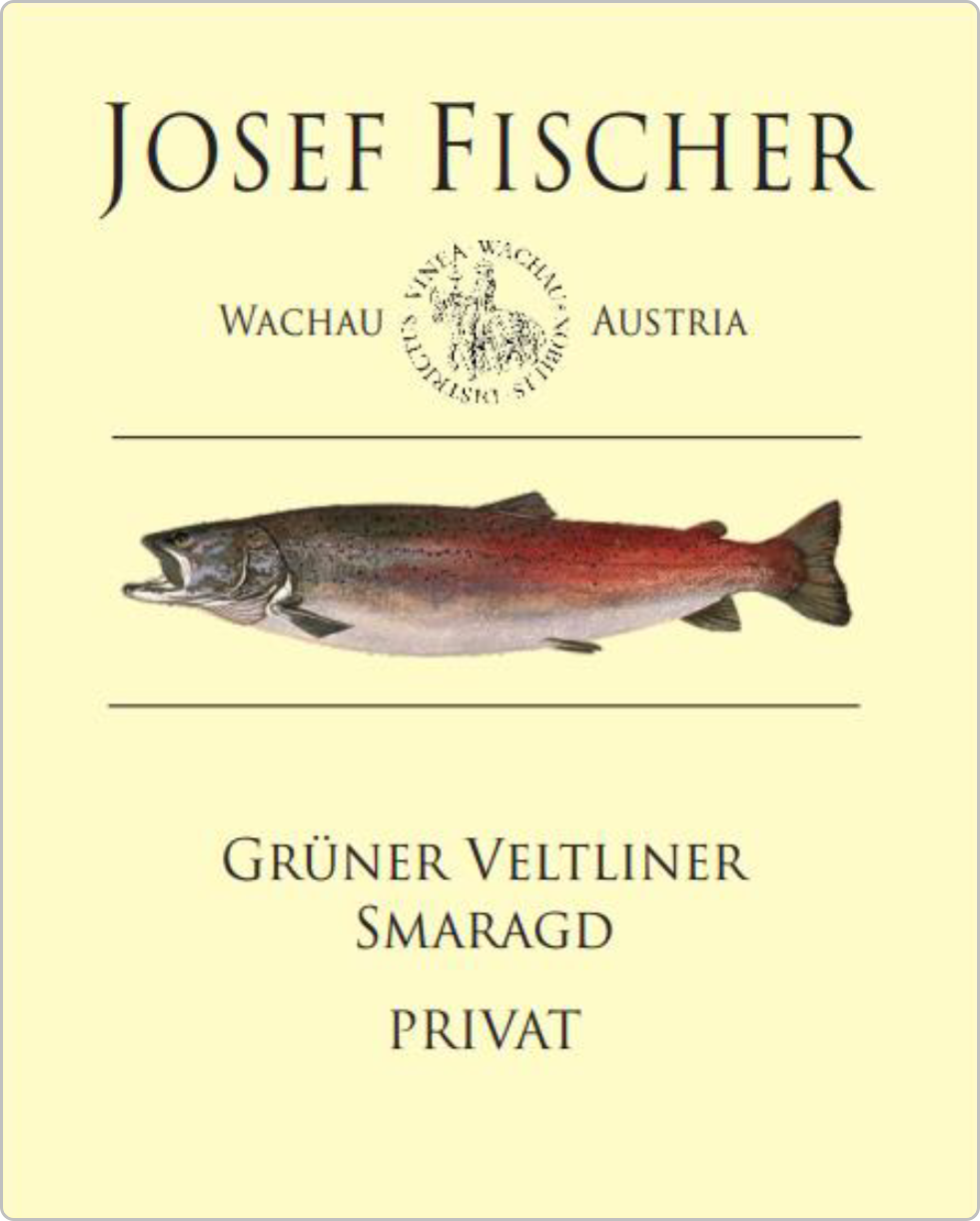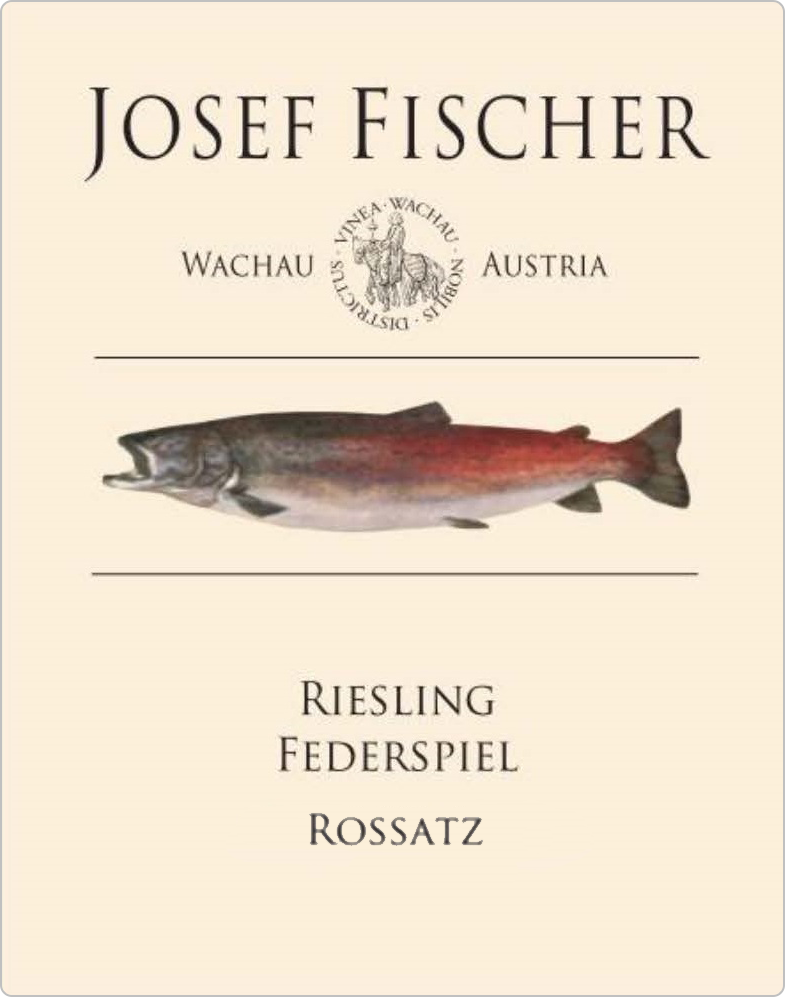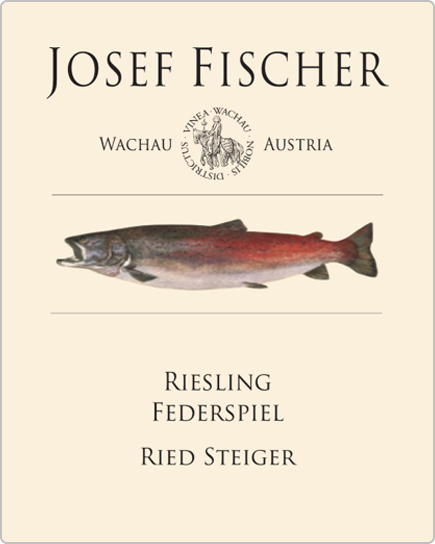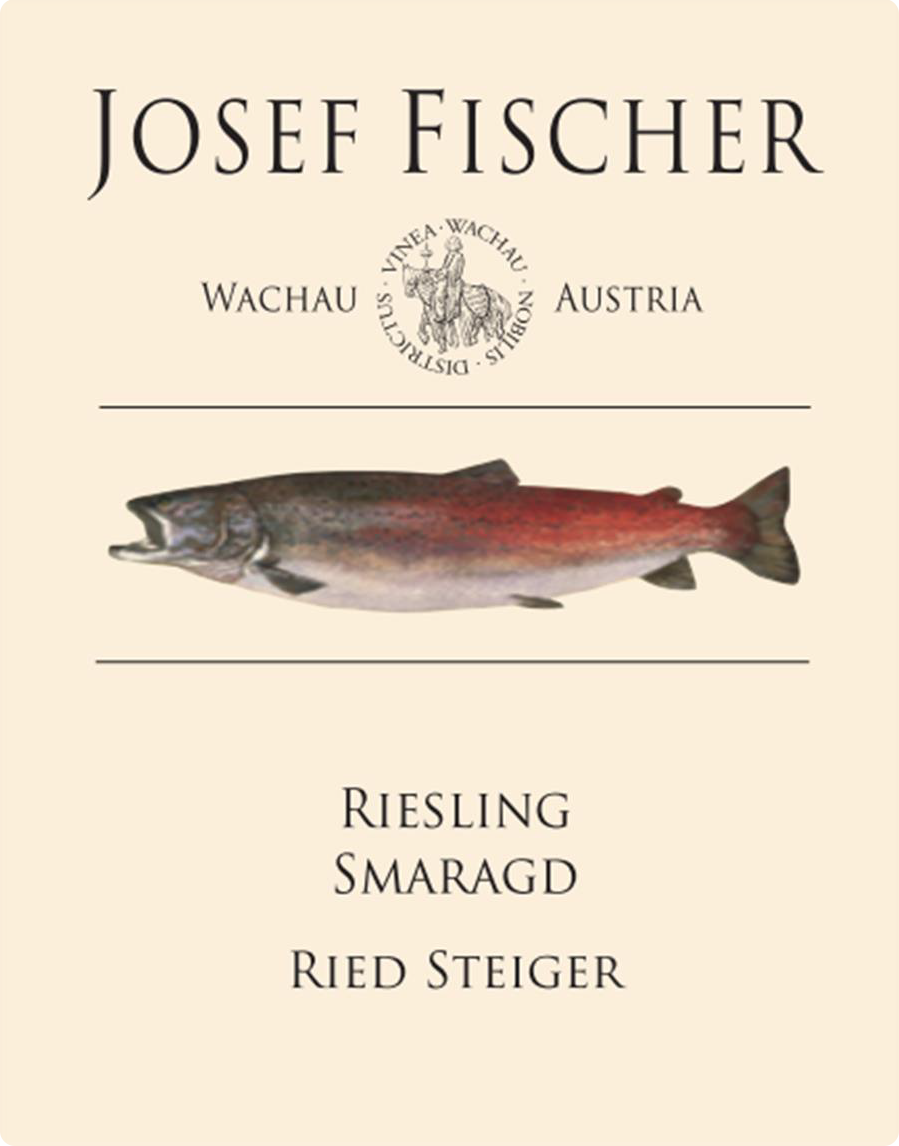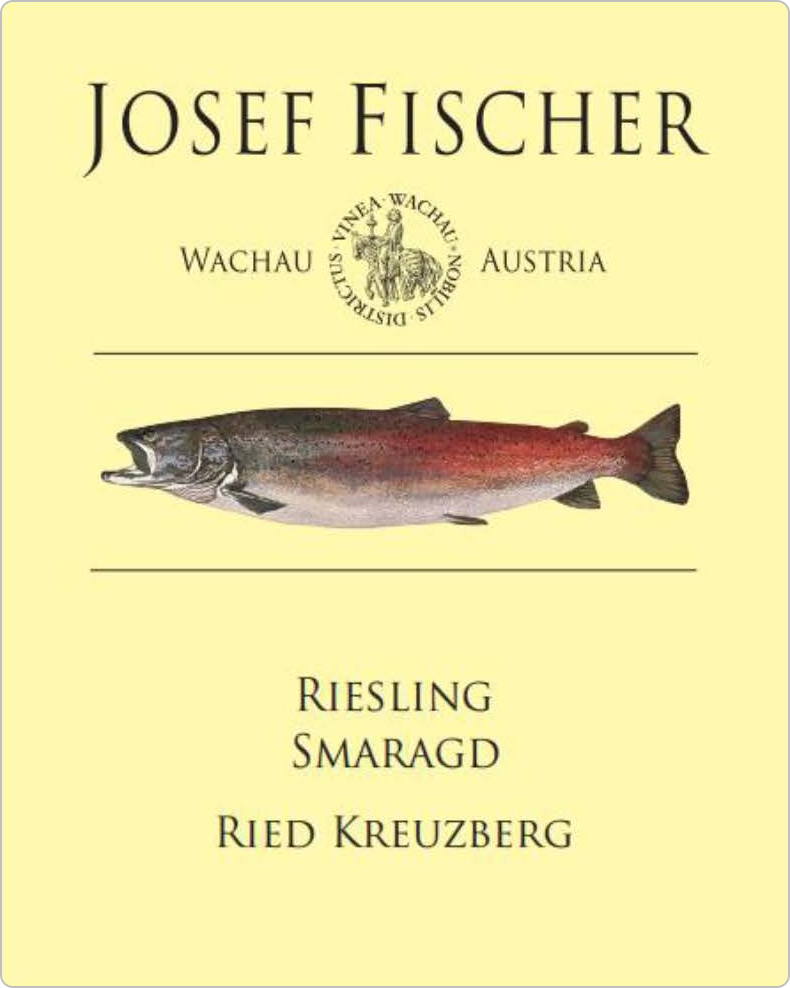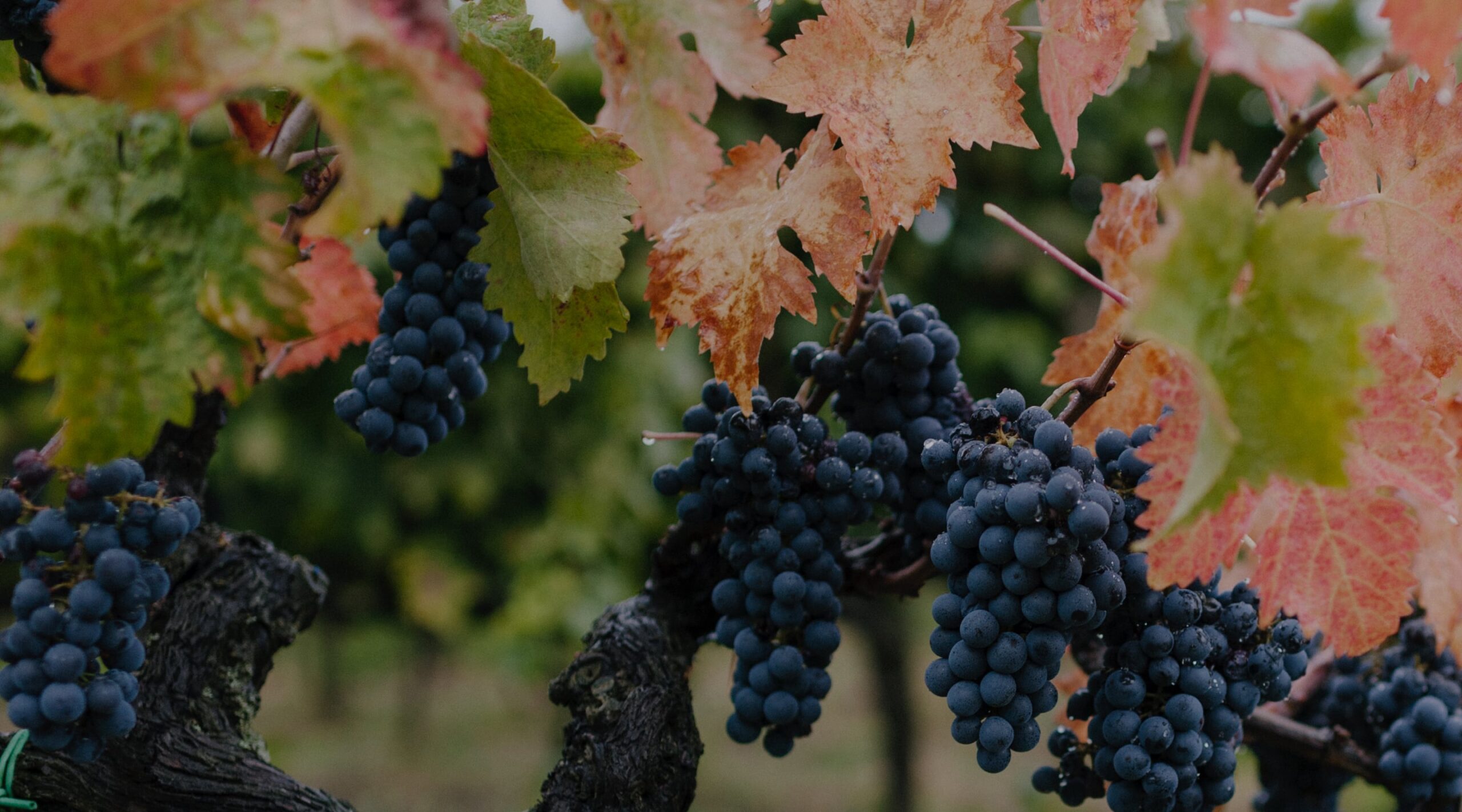
Josef Fischer
Wines
Rossatz, Wachau
Grüner Veltliner, Federspiel, “Rossatz”
Fischer employs a rigorous pre-selection of only the best bunches to include in his single-vineyard offerings; the remainder of the fruit makes its way into this village-level wine, harvested at Federspiel-level ripeness and named after his hometown. This Grüner Veltliner displays citrus zest, crunchy green apples, and notable salinity on a bracingly acid-driven frame, and a satisfying touch of creaminess on the palate softens the angles without sacrificing drive.
Grüner Veltliner, Federspiel, “Ried Zanzl”
The Zanzl vineyard covers 7.38 total hectares outside the town of Rührsdorf, with northwest-exposed slopes ranging from 10% to 51% in gradient, and soils of orthogneiss. Fischer owns a 0.9-hectare parcel here, planted mostly to Grüner Veltliner but with a small portion of Riesling (typically blended into the village-level Riesling Rossatz). Zanzl’s cooler exposition and poorer soils yield a streamlined wine of elegance and intense minerality which veers into blatant salinity in leaner vintages, and Fischer’s 50-year-old vines here contribute impressive concentration to the finished product.
Grüner Veltliner, Smaragd, “Ried Frauenweingärten”
The Frauenweingärten encompasses the slopes between Rossatz and Rossatzbach, on the southern banks of the Danube, extending from the edge of the Dunkelstein forest down to just 25 meters from the river, and sloping up to a 48% incline. These northeast-facing hillsides are covered in a meter-thick deposit of glacial loess whose silty, sandy structure is ideal for Grüner Veltliner, and this loess is punctuated by sedimentary and granitic-gneiss elements which increase the soil’s porosity. Fischer’s 40-year-old parcel Grüner Veltliner in the Frauenweingärten yields a wine which beautifully combines weight and transparency—typically clocking in at 14% alcohol with just one gram per liter of residual sugar—offering deep, borderline-viscous yellow fruits which rise toward an airy yet elongated finish of mineral-driven precision. It was fermented spontaneously and aged the better part of a year on its fine lees in stainless steel with minimal sulfur additions.
Grüner Veltliner, Smaragd, “Ried Kreuzberg”
The north-facing, partly terraced Kreuzberg vineyard perches above Rossatz at a maximum slope of 59%, covering 27.05 hectares of paragneiss littered with amphibolite. Kreuzberg produces a profoundly stony and austere version of Grüner Veltliner, and Fischer employs used barrels between 500 and 1500 liters for 50% of the blend in order to mitigate the site’s tendency toward severity. Carrying a wisp of residual sugar, this masterful wine is nearly shocking in its mineral intensity—Riesling-like in that regard, in fact—with deep red fruits and tenacious cling on the palate.
Grüner Veltliner, Smaragd, “R”
Only produced in choice vintages, Fischer’s “R” is from a 75-year-old parcel of Grüner Veltliner in Kreuzberg—the oldest planting in the entire vineyard. This is both fermented and aged in wood—a single 1500-liter cask in which the wine spends two full years on its fine lees—and the resulting wine combines the lusciousness of the “Privat” with the diamond-cut precision and palate-staining minerality of the regular Kreuzberg bottling.
Grüner Veltliner, Smaragd, “Privat”
Fischer’s sumptuous “Privat” blends the very best fruit from his various sites, picked at Smaragd-level ripeness and aged a full year in used 500-liter barrels. Even in a wine such as this, which offers borderline lavish fruits and mouth-filling richness, the freshness of these southern-Danube sites shines through, and Joe’s inherent understanding of balance fosters a wine of elegance and detail which blossoms with bottle age.
Riesling, Federspiel, “Rossatz”
As with the Grüner Veltliner Rossatz, Fischer’s village-level Riesling is a blend of fruit from his various crus which does not quite make his rigorous cut for the single-vineyard bottlings. Bristling with kinetic energy, the Rossatz offers a hugely expressive nose of tangy yellow fruits, with a laser-like, salt-drenched palate that prompts salivation. Its acidity is juicy rather than cutting, and its 1.5 grams per liter of residual sugar are rendered completely invisible.
Riesling, Federspiel, “Ried Steiger”
While Grüner Veltliner thrives in the loess-dominated sites of the Wachau, Riesling prefers poorer soil. Situated close to the Danube itself on a gentle 29% incline, Rossatz’s Steiger vineyard is rich with paragneiss and littered with crushed stones, and Fischer works a parcel of 25-year-old Riesling here. The tensile, saline Riesling Federspiel, typically measuring 12% alcohol with 3-1/2 grams per liter of residual sugar, counterposes smoky, clinging minerality with torpor-conquering acidity to create an irresistible sense of tension. Harvested in late September, it was fermented spontaneously and aged the better part of a year on its fine lees in stainless steel with minimal sulfur additions.
Riesling, Smaragd, “Ried Steiger”
While Grüner Veltliner thrives in the loess-dominated sites of the Wachau, Riesling prefers poorer soil. Situated close to the Danube on a gentle 29% incline, Rossatz’s Steiger vineyard is rich with paragneiss and littered with crushed stones, and Fischer works a parcel of 25-year-old Riesling here. The wine displays striking varietal purity on the nose, with green apples, small white flowers, and murmuring stoniness. With less than a gram per liter of residual sugar, it slices through the palate like a scythe, leaving an impression of coolness and salinity on the lengthy finish.
Riesling, Smaragd, “Ried Kreuzberg”
Kreuzberg’s inherent austerity yields a Riesling of single-minded minerality. Aromatically, it presents its stoniness in measured, serene fashion, but it sizzles on the palate with white-knuckled intensity—a fascinating contrast which makes for a wine of dynamism and complexity.
